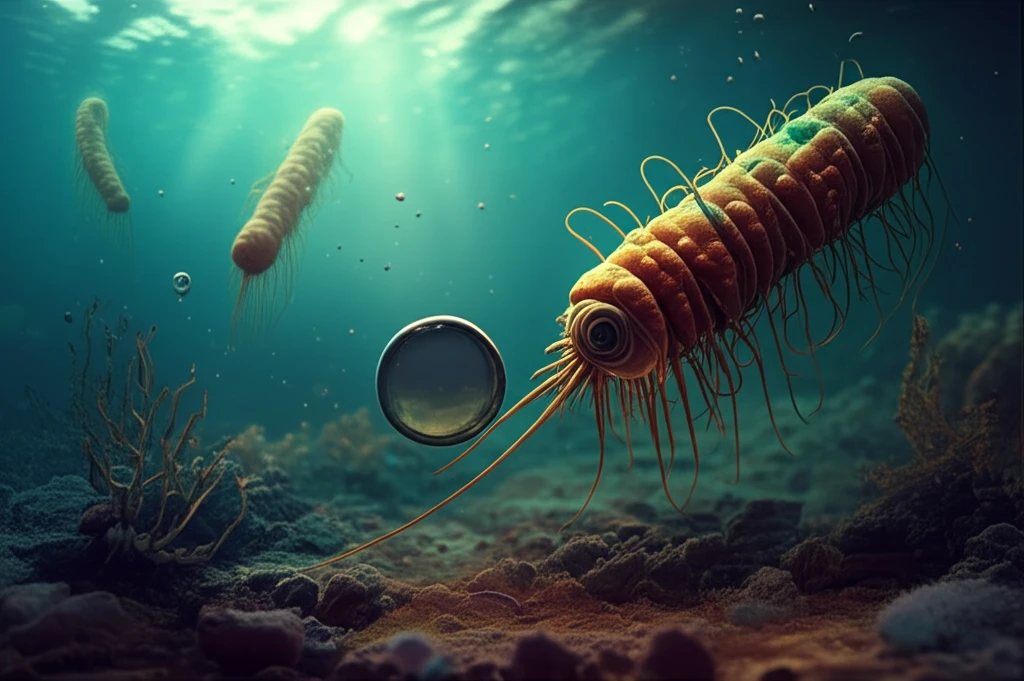
Can Tiny Microbes Clean Up Oil Spills? The Lake Albert Bioremediation Story
"Exploring how Pseudomonas aeruginosa tackles petroleum hydrocarbons in Uganda's Lake Albert, offering a sustainable solution for oil contamination."
Uganda's journey into petroleum exploitation, particularly around its precious freshwater bodies, presents both opportunities and challenges. While these water bodies serve as vital habitats and drinking water sources, they face increasing threats from crude oil petroleum hydrocarbons (PHs). The potential for pollution demands innovative and ecologically sound solutions.
Bioremediation, using microorganisms to degrade pollutants, emerges as a promising approach. Native to Ugandan waters, Pseudomonas aeruginosa has shown potential in breaking down organic pollutants into safer substances. Understanding the rate at which this bacterium can remediate PHs is crucial for managing and mitigating the environmental impacts of oil exploration.
A recent case study focused on Lake Albert, Uganda, investigated the bioremediation rate of total petroleum hydrocarbons by Pseudomonas aeruginosa. This research offers insights into how natural biological processes can be harnessed to combat oil contamination, providing a sustainable path forward for environmental protection in the region.
How Can Pseudomonas Aeruginosa Help Clean Up Oil Spills?

The study meticulously collected water samples from Lake Albert and contaminated them with a controlled amount of PHs to mimic spill conditions. Pseudomonas aeruginosa was introduced into these samples, and the degradation of PHs was monitored over time. This setup allowed researchers to quantify the bacterium's efficiency in breaking down oil contaminants under conditions that closely resemble the natural environment of Lake Albert.
- Initial Rate: The initial removal rate (Rio) was 32.3 grams per liter per day for n-hexane soluble PHs.
- Maximum Removal: The maximum amount of PHs removed was 89.3 grams per liter.
- Kinetics: The bioremediation process followed second-order kinetics, with a half-life of 3.9 days. This means the PH concentration reduces by half in about 93.6 hours.
- Significance: Pseudomonas aeruginosa significantly (p=0.03) remediated PHs from Lake Albert water, with the maximum removal rate occurring between days 1 and 3.
The Future of Bioremediation in Uganda
The Lake Albert study provides a foundation for further research and application of bioremediation strategies in Uganda. By harnessing the natural capabilities of microorganisms like Pseudomonas aeruginosa, there is potential to develop sustainable and cost-effective solutions for managing oil contamination in aquatic ecosystems. Continued research into optimizing bioremediation processes will be crucial for protecting Uganda's valuable water resources and ensuring a balanced approach to economic development and environmental stewardship.
